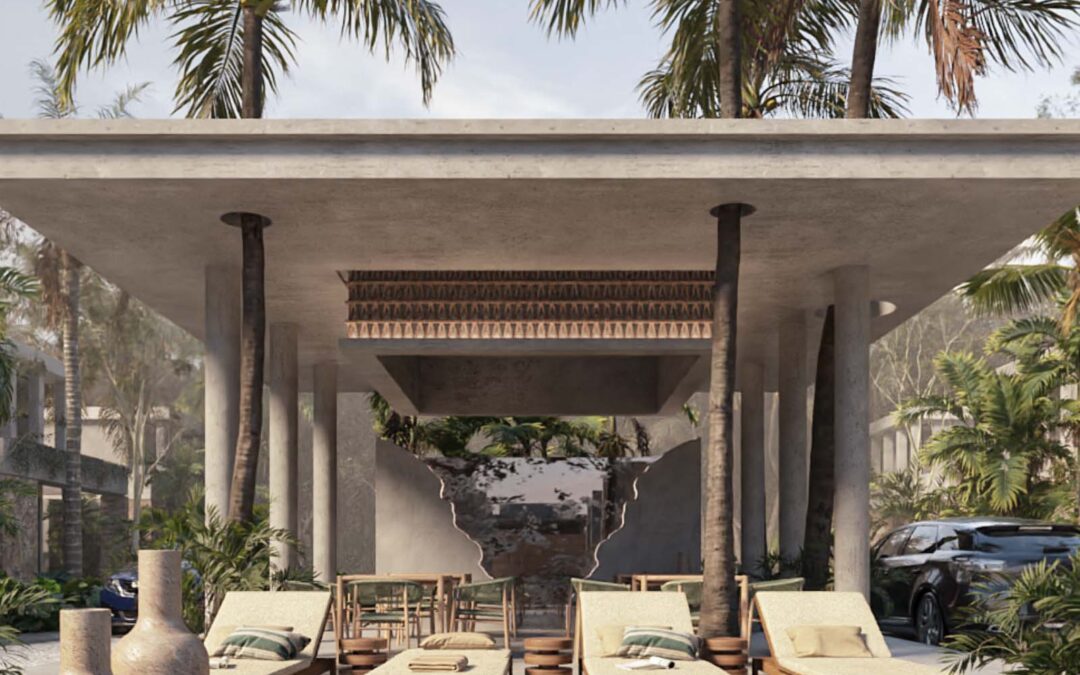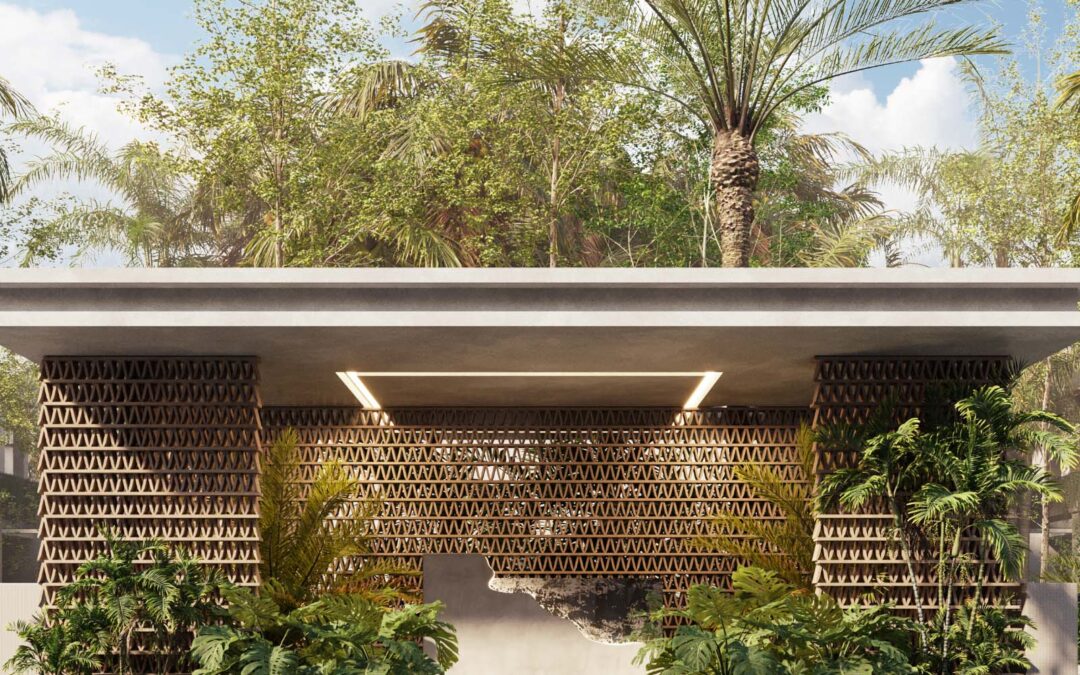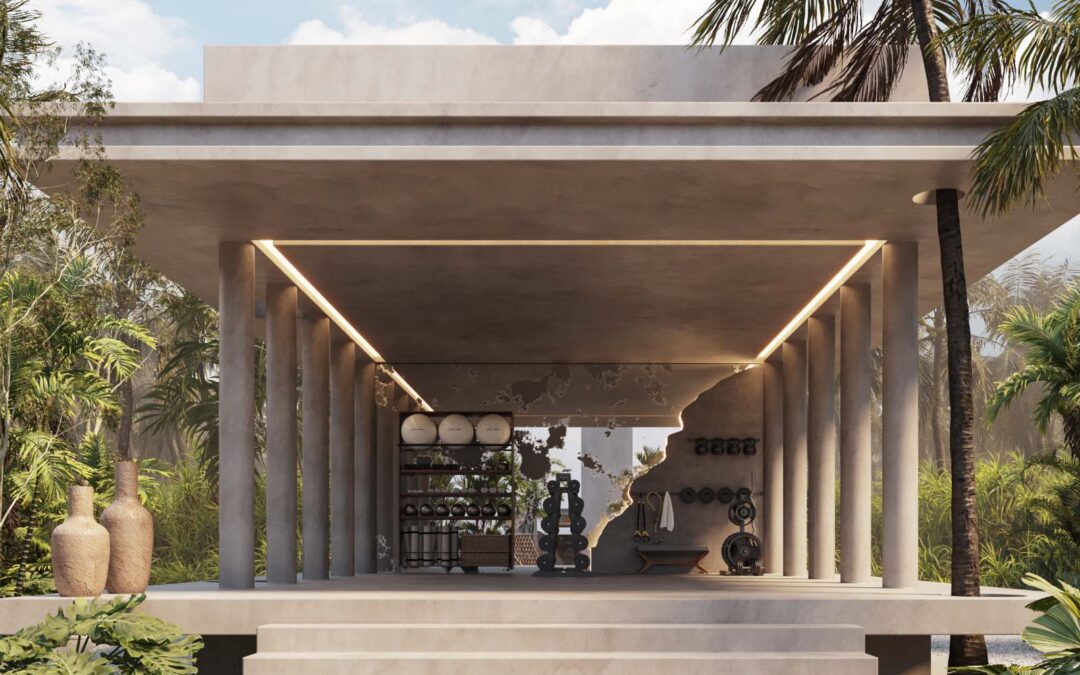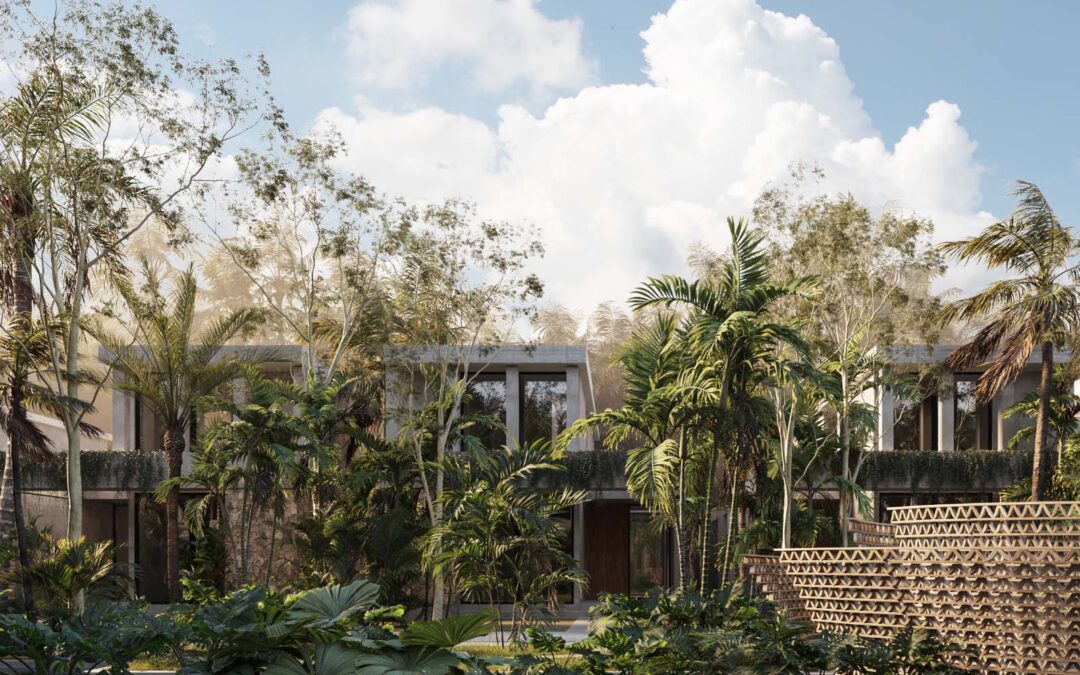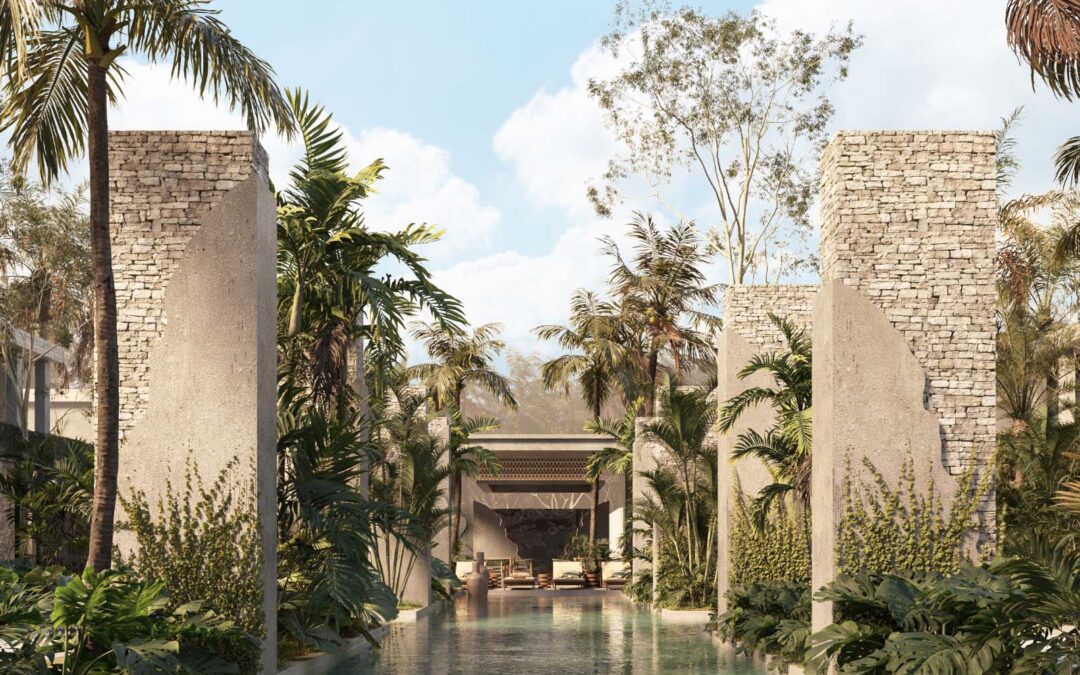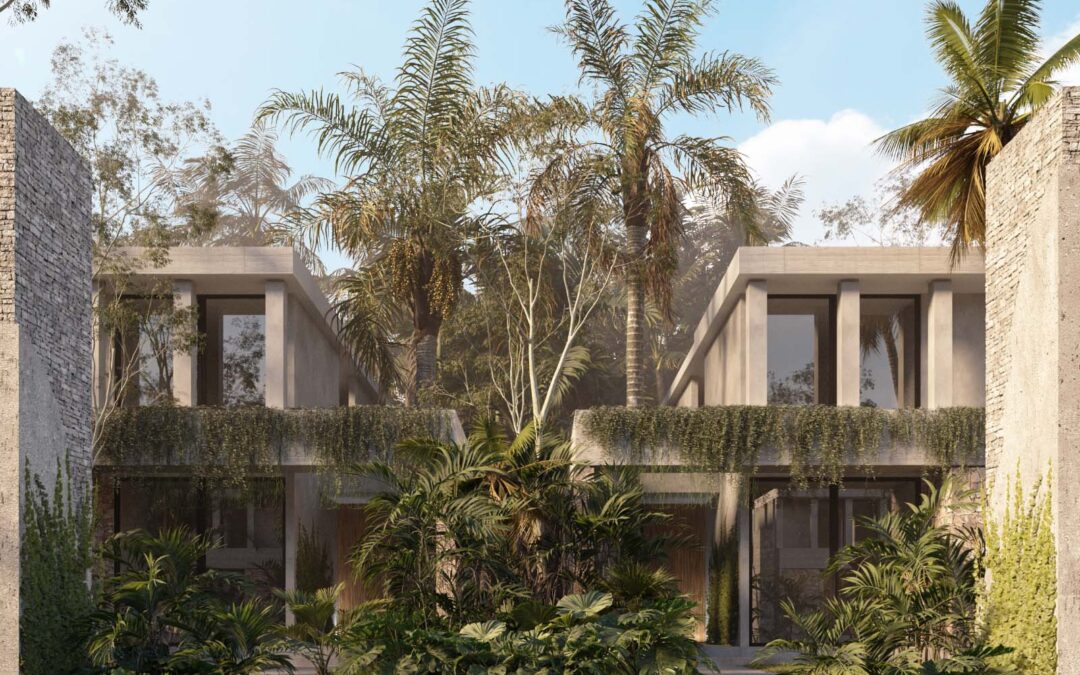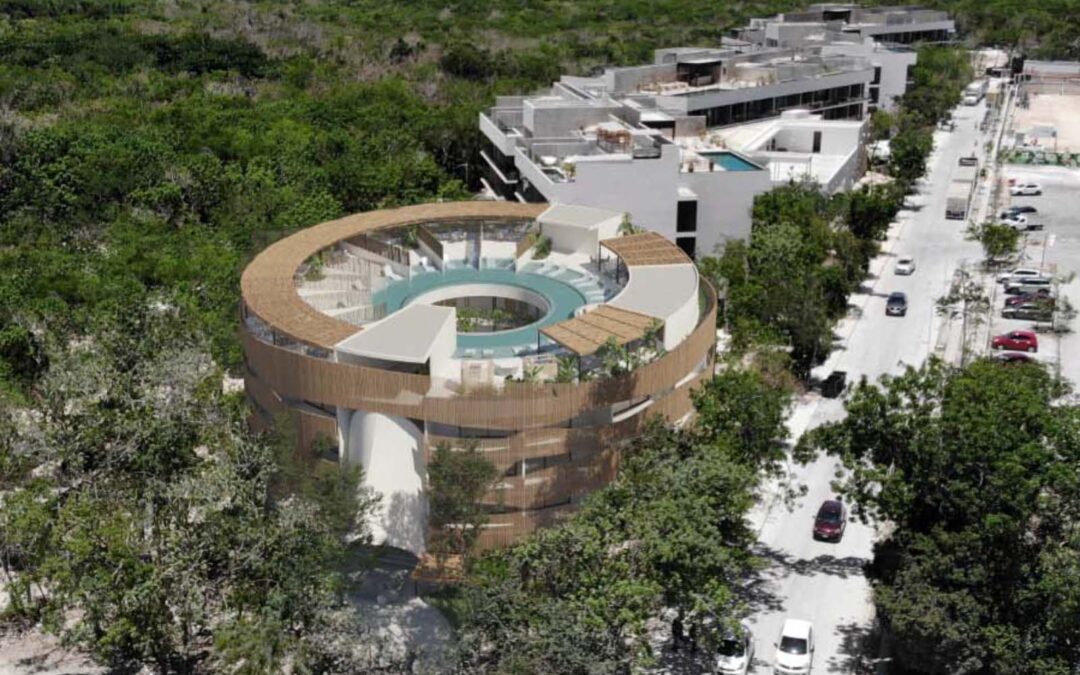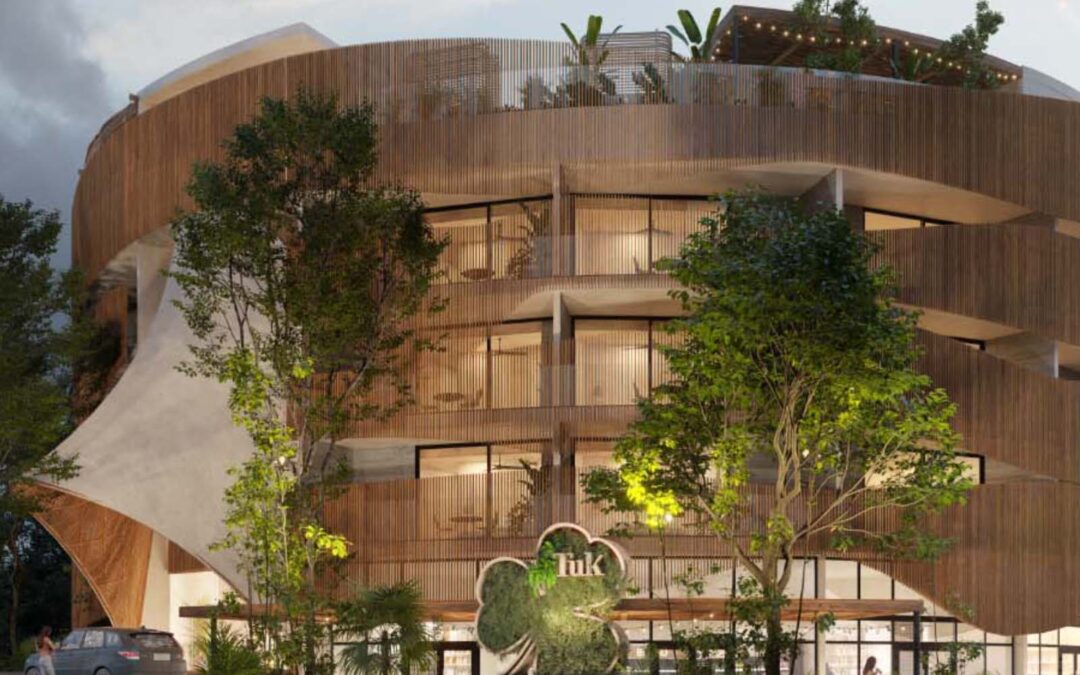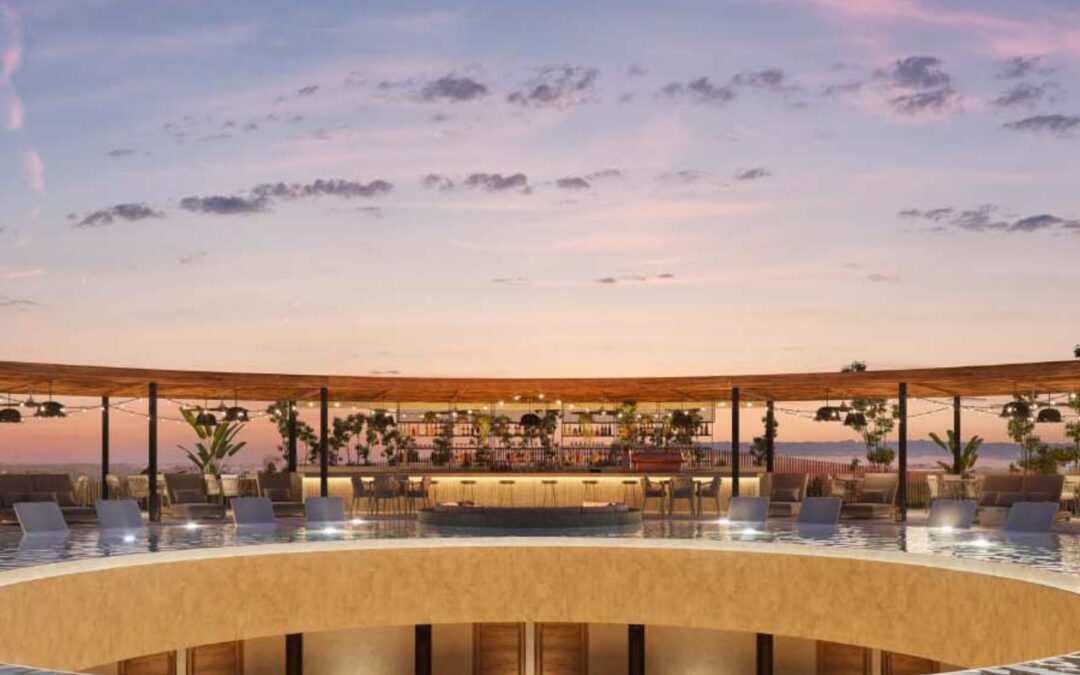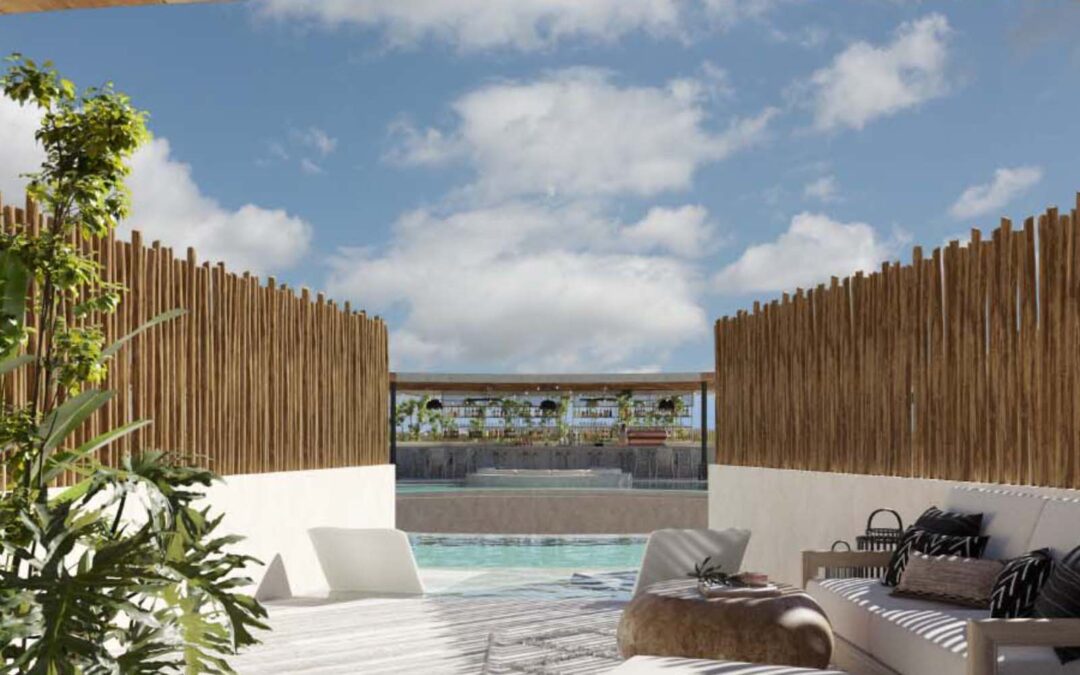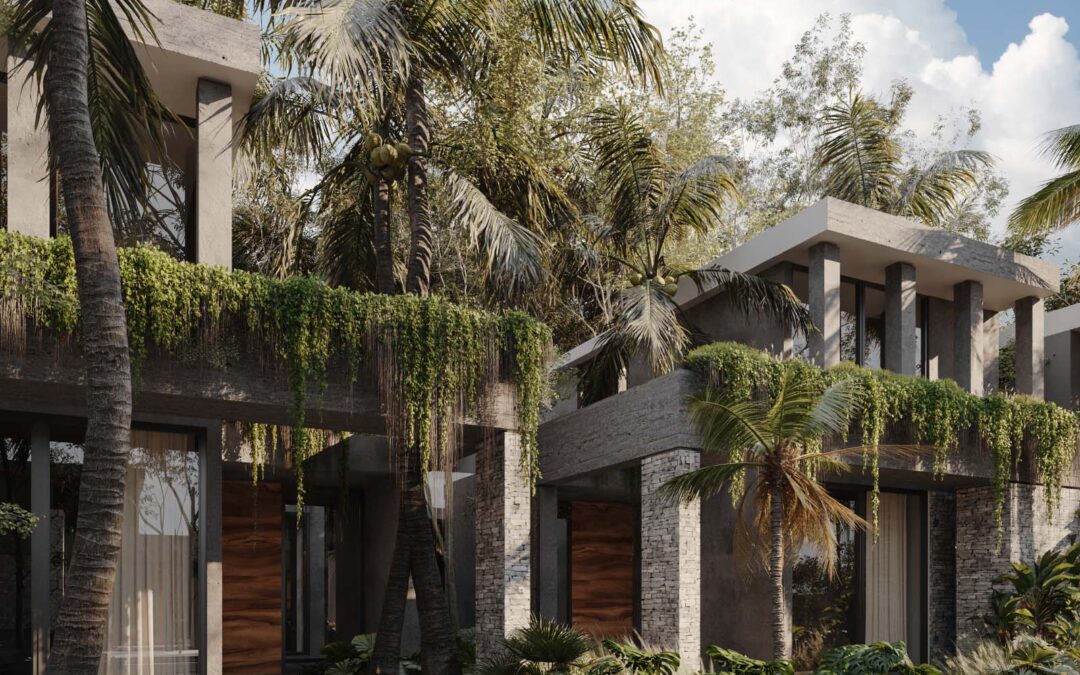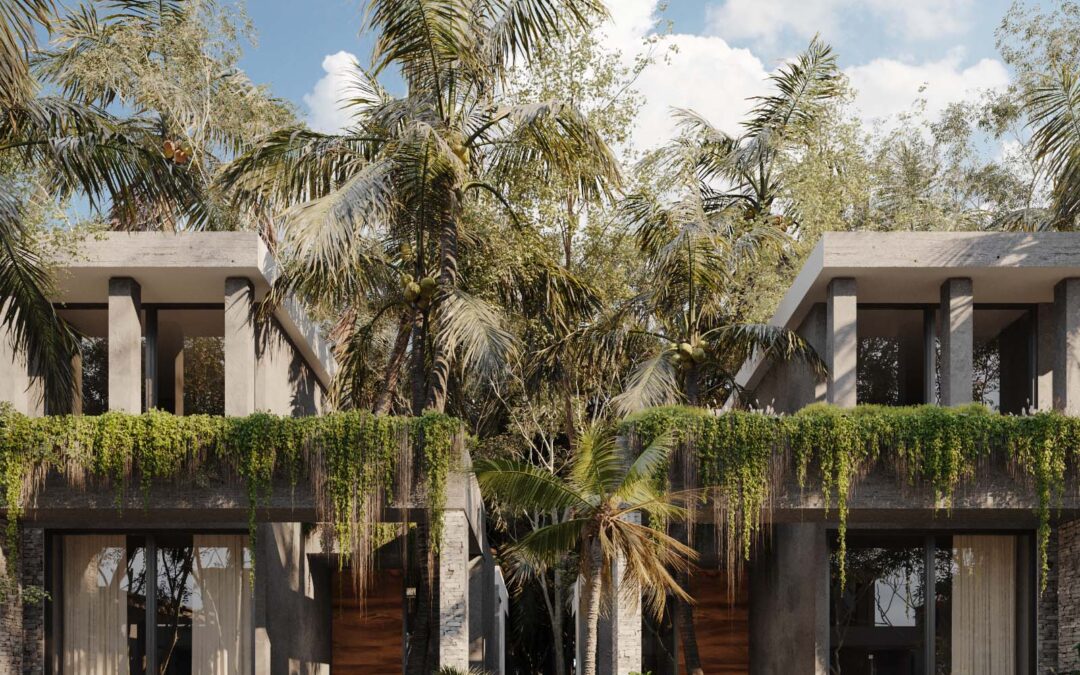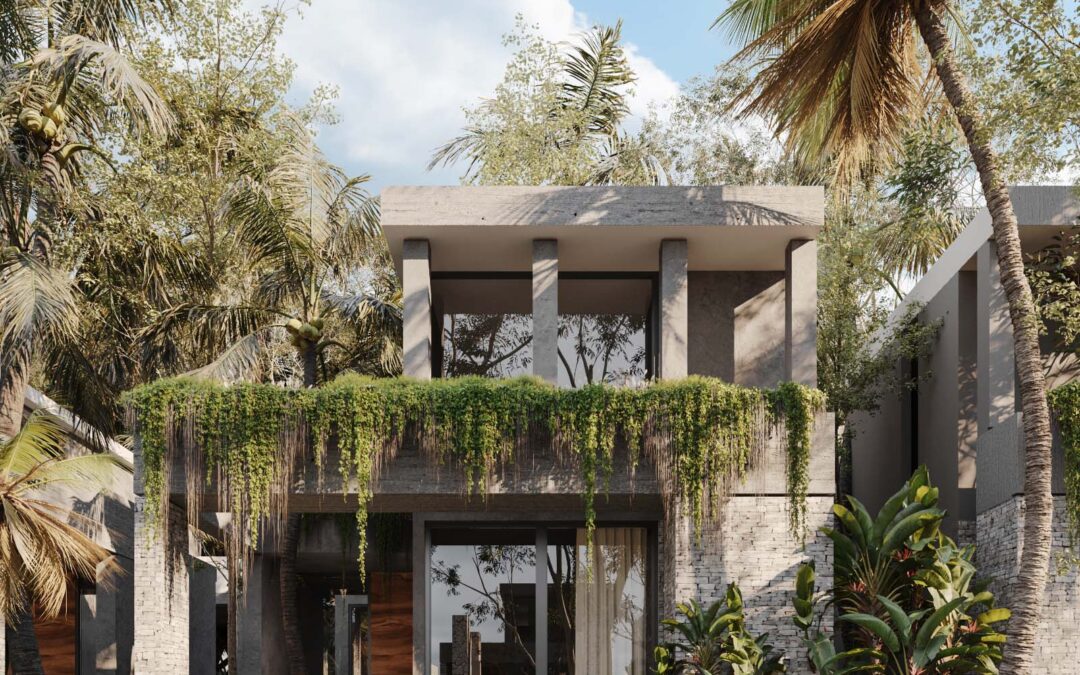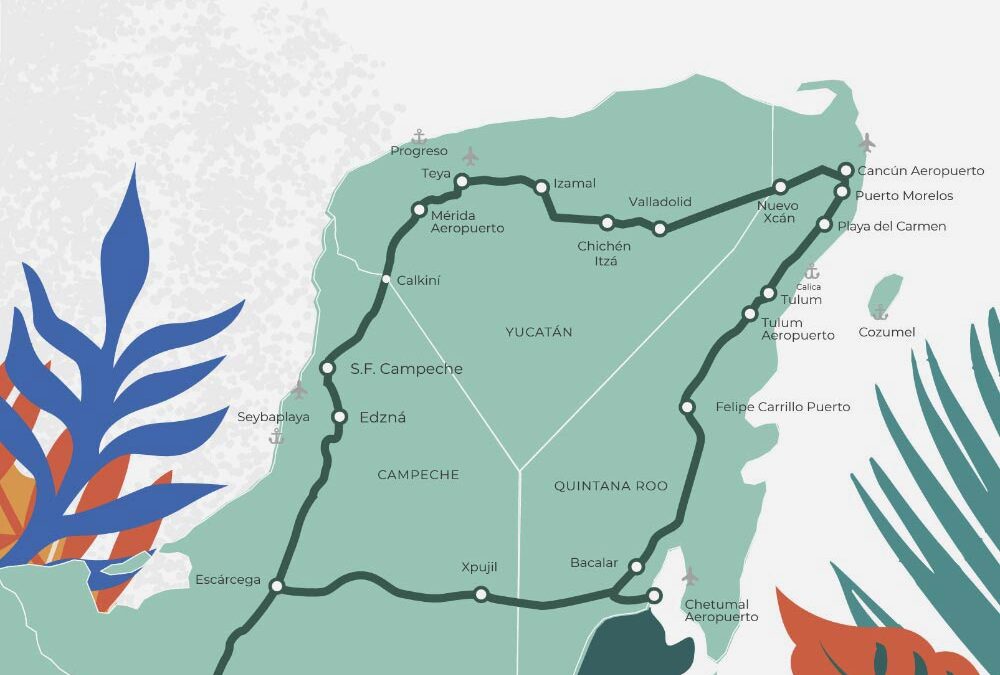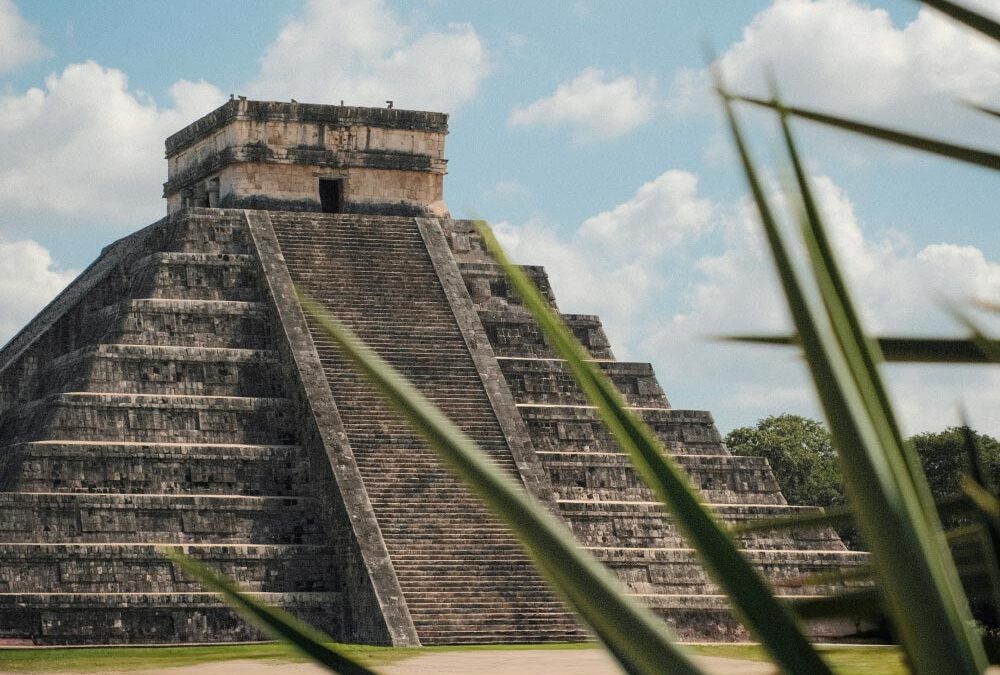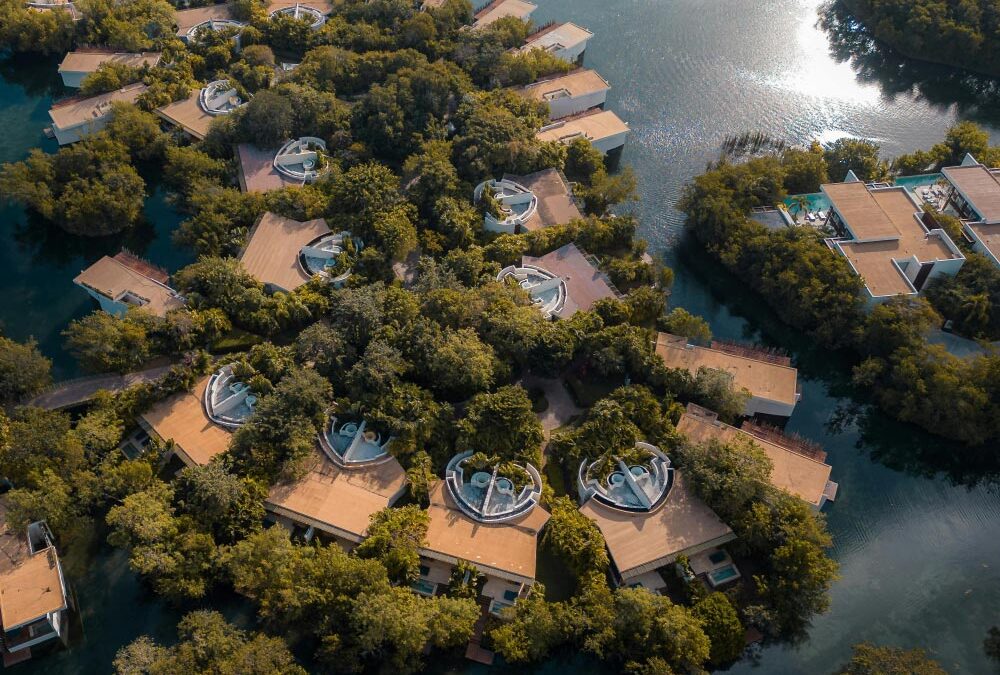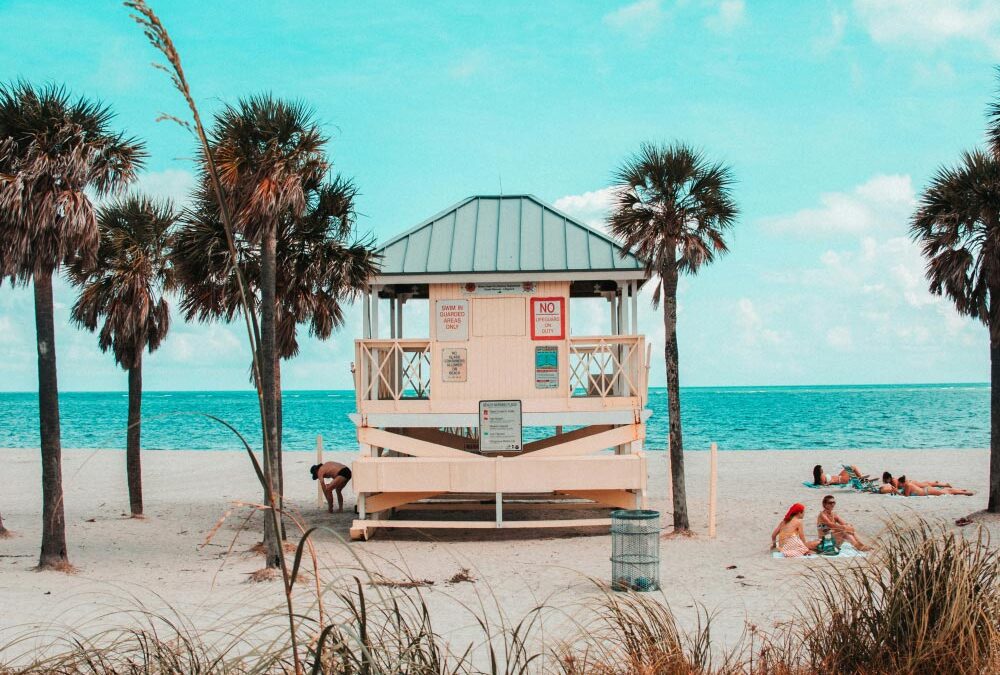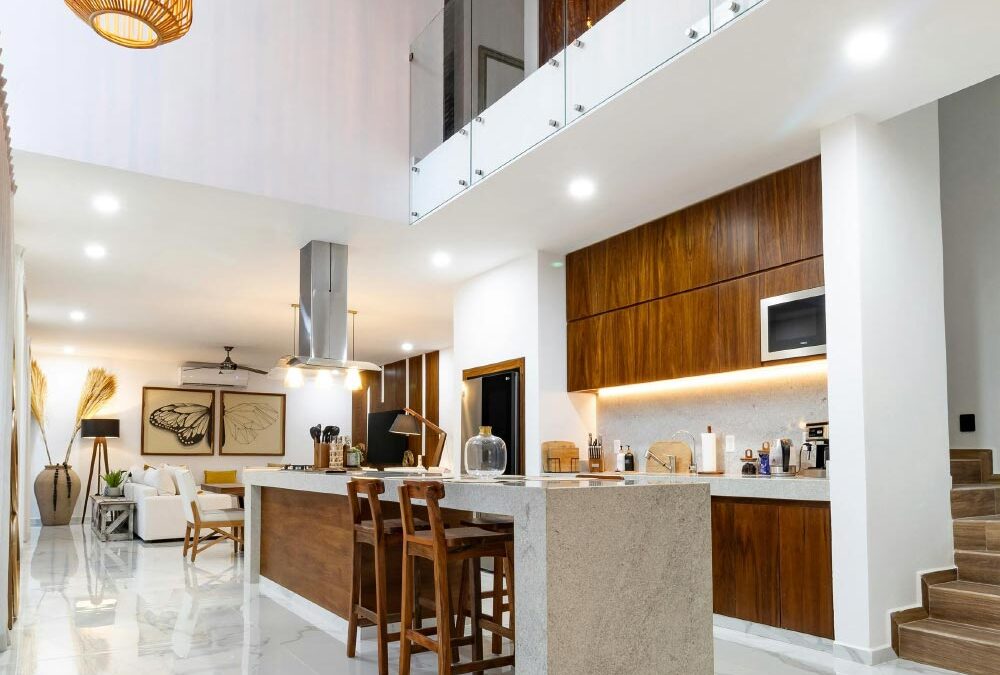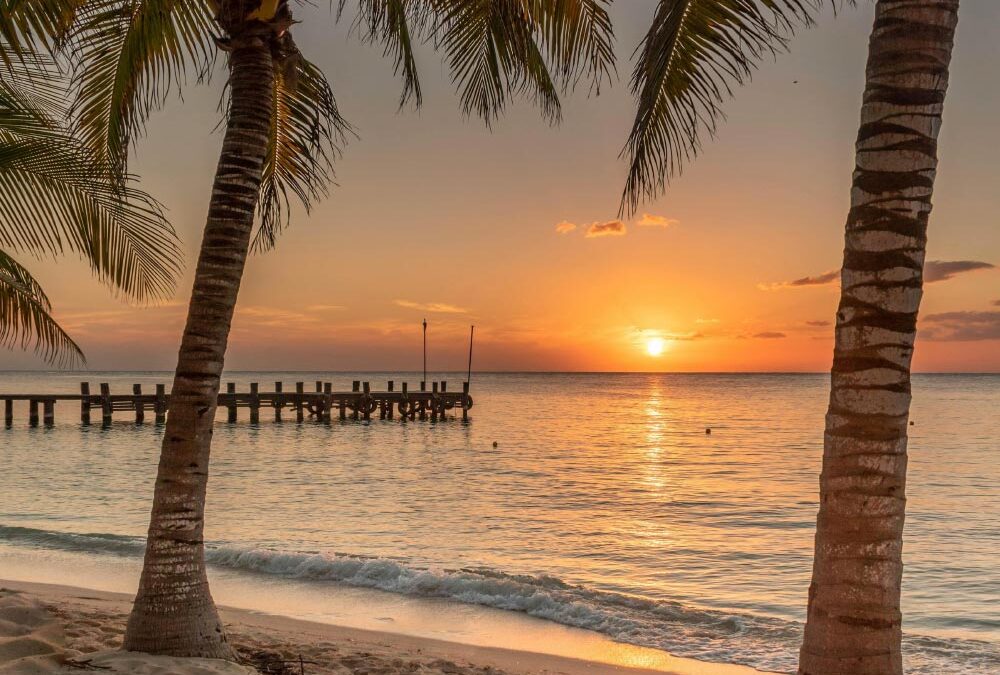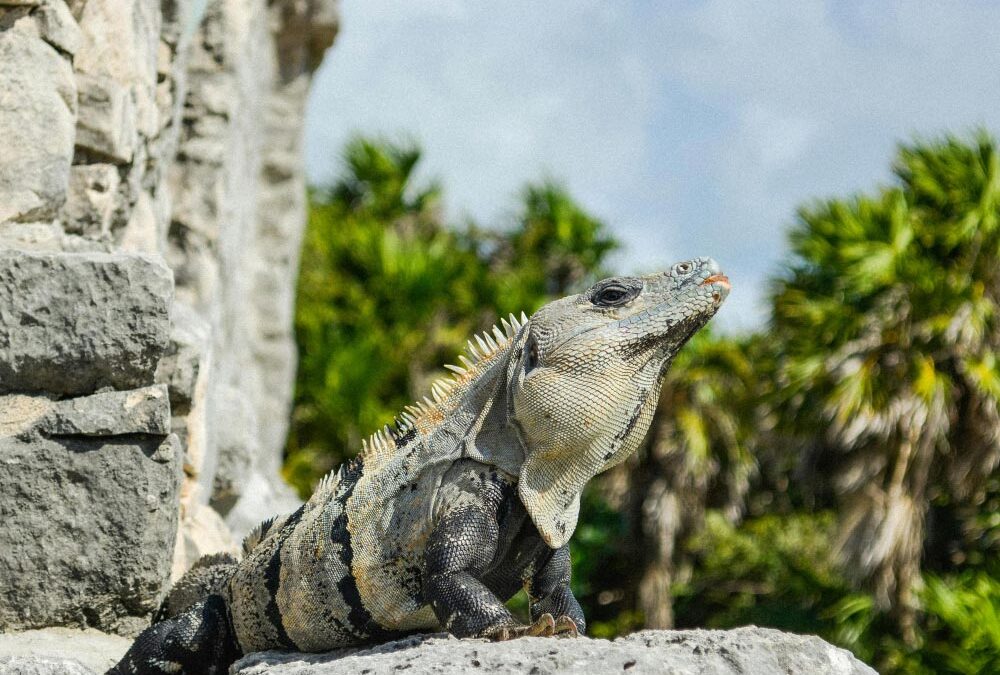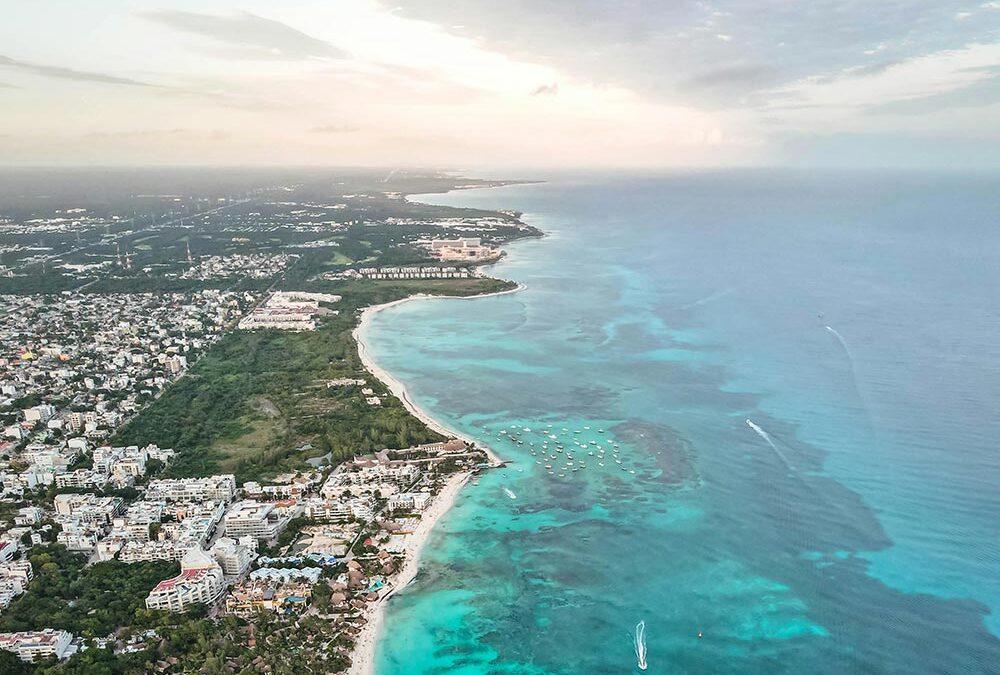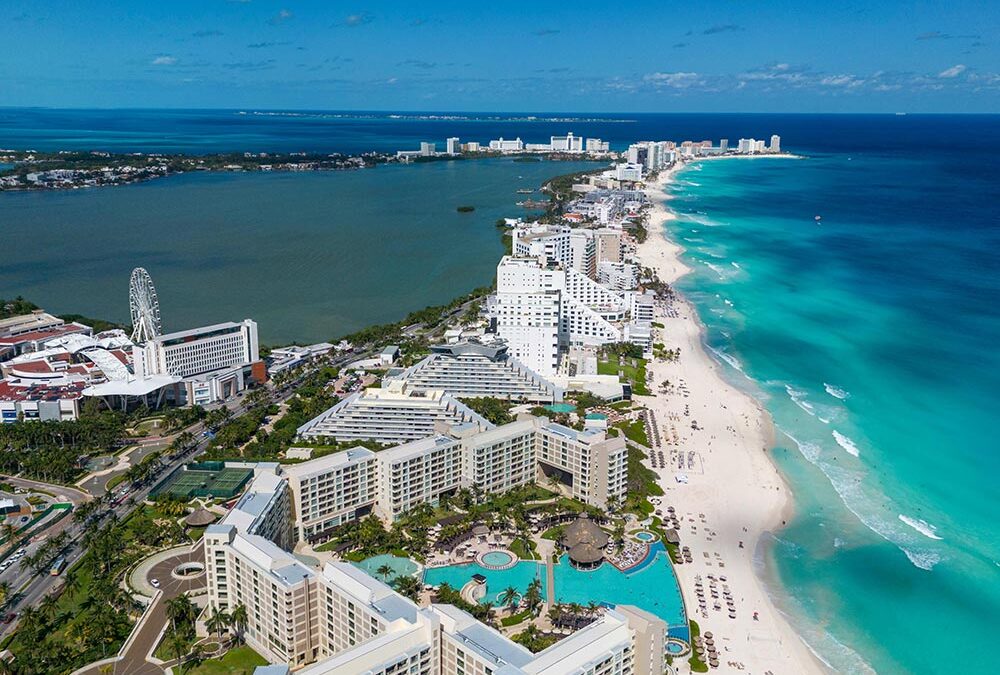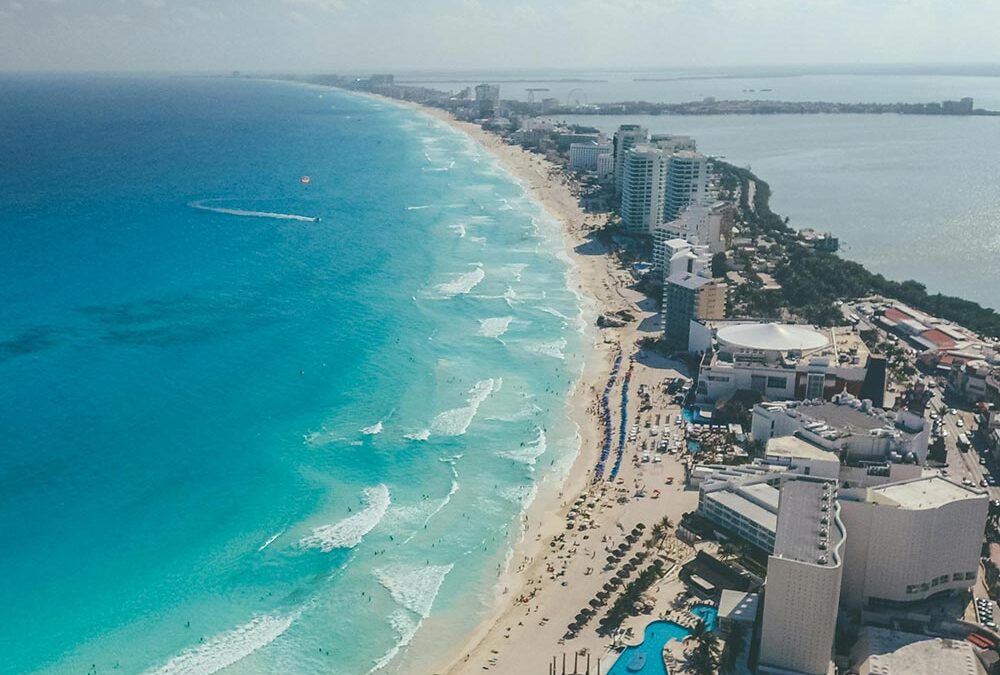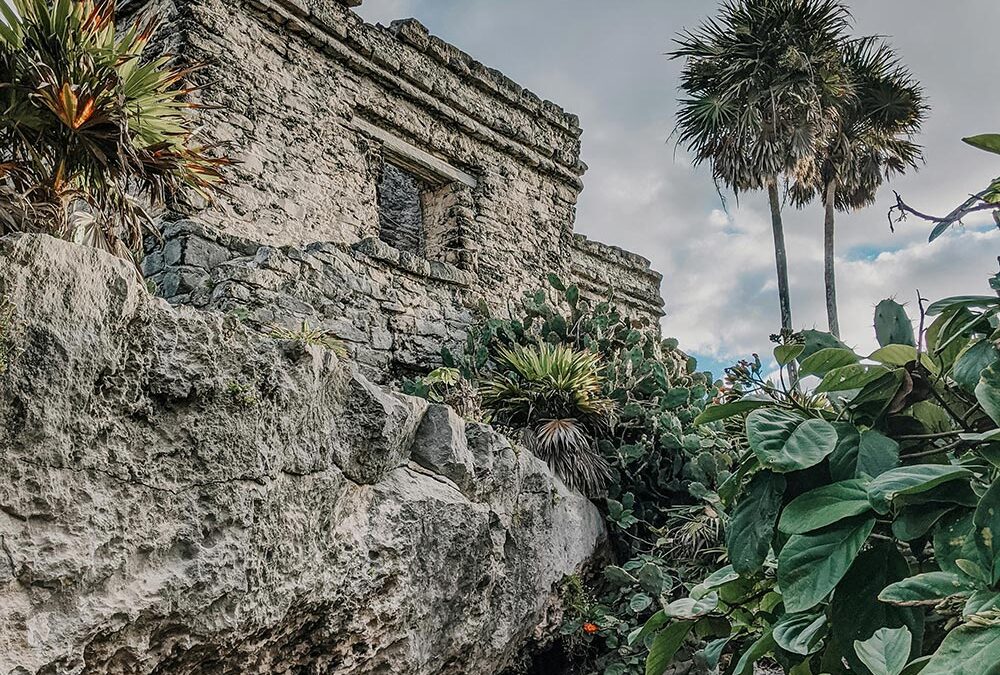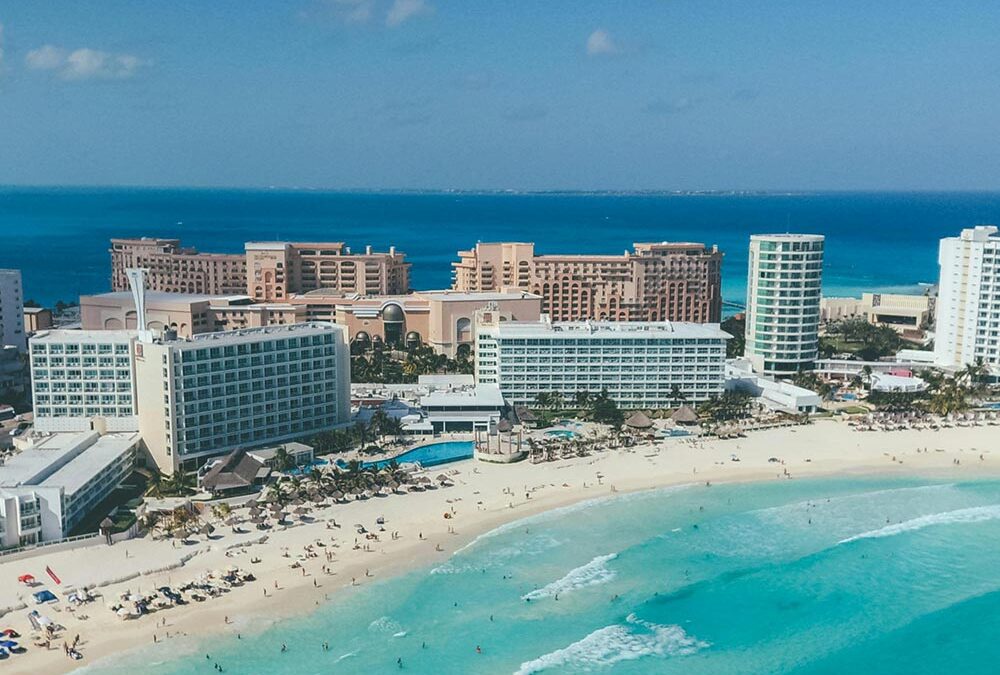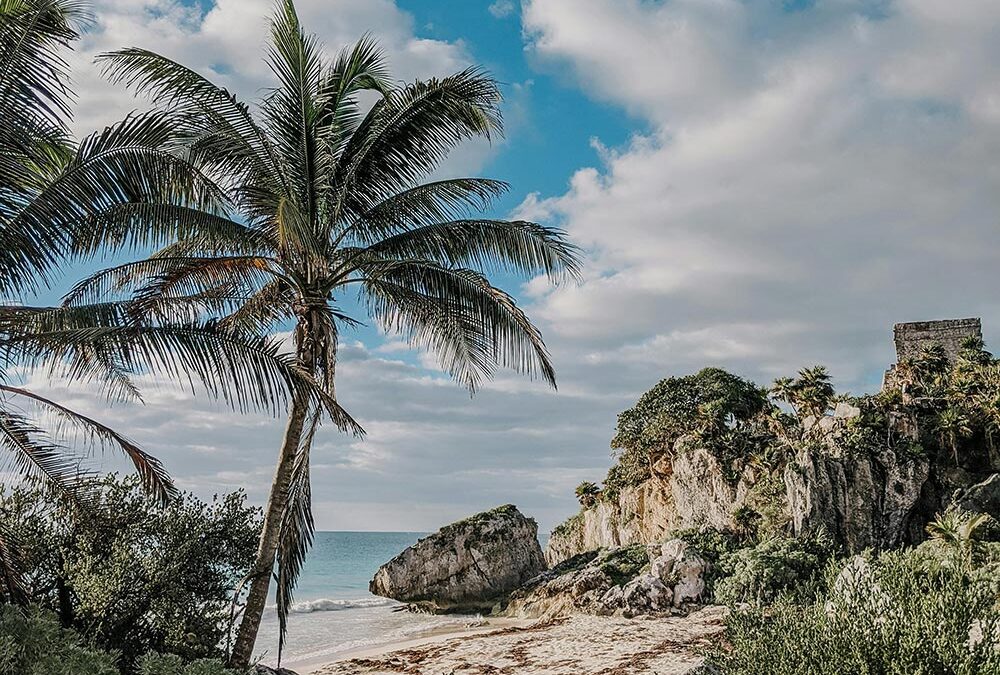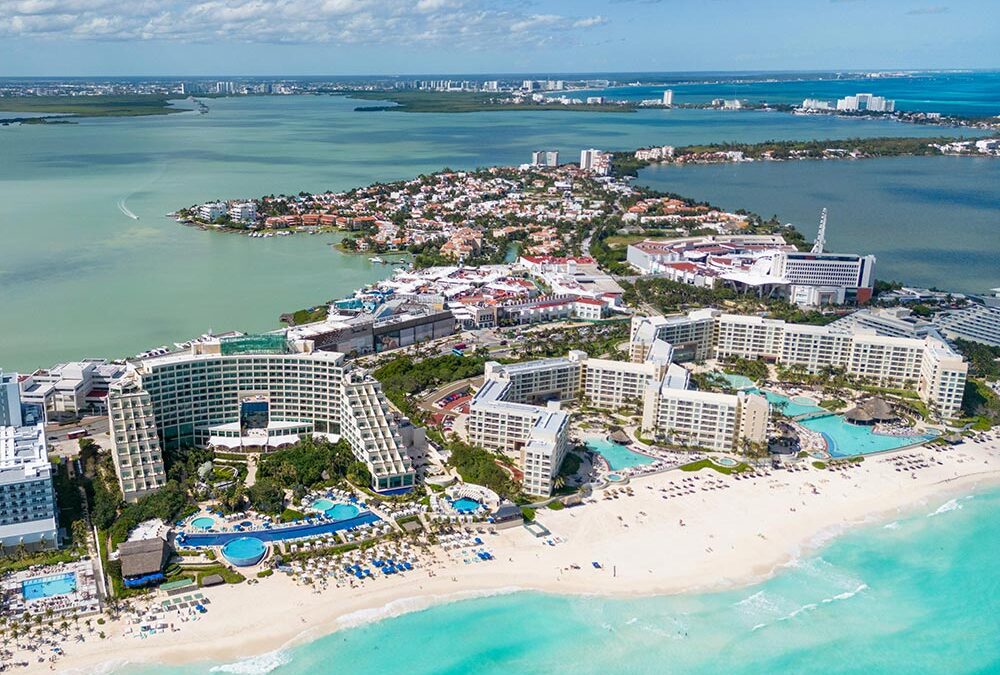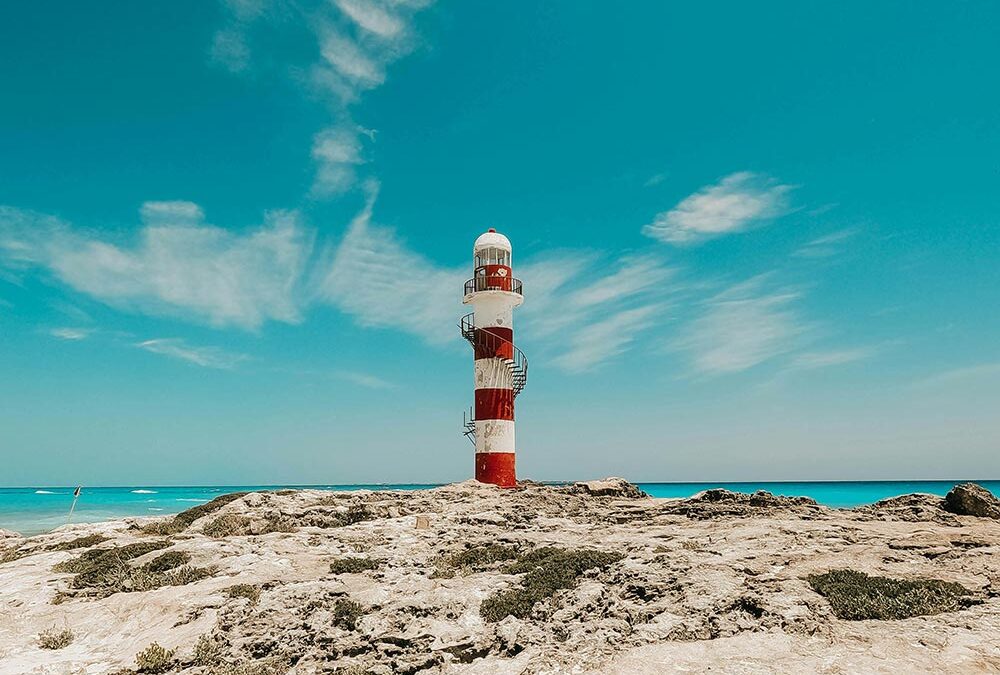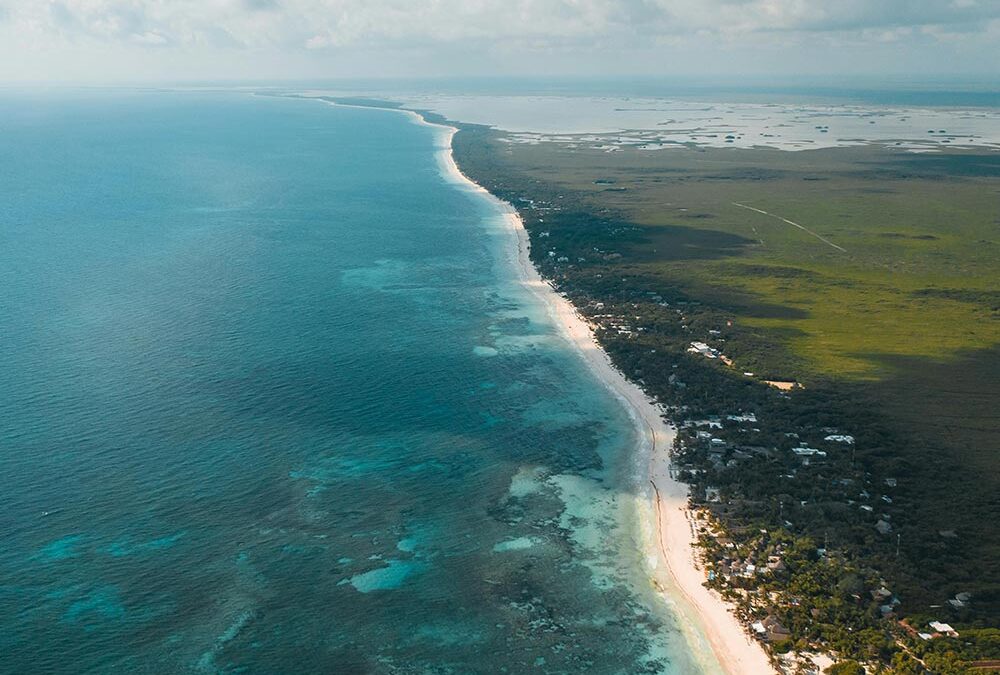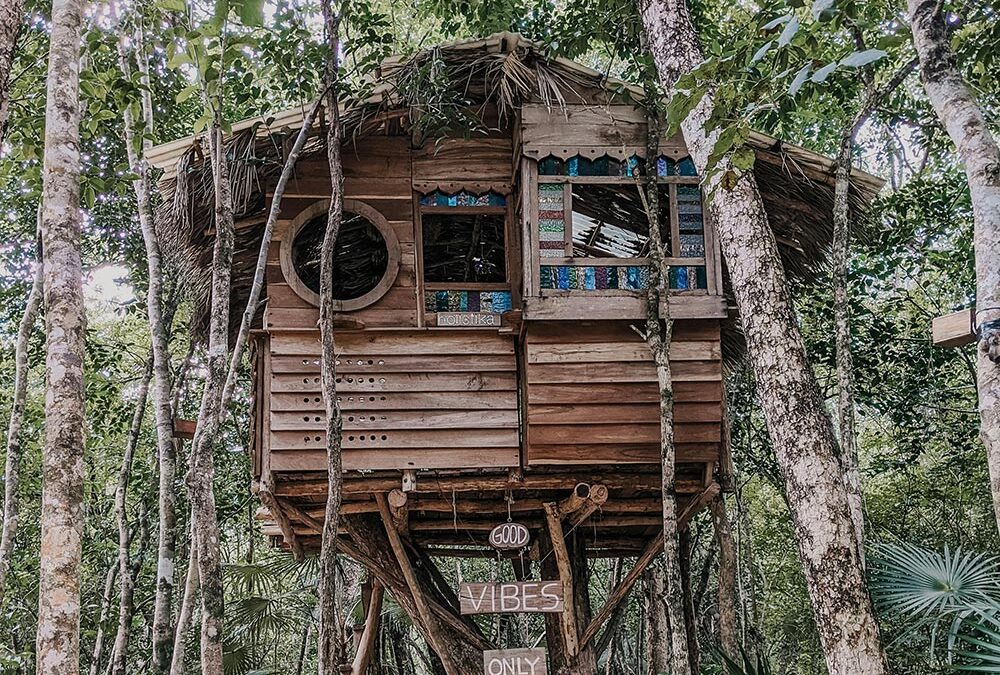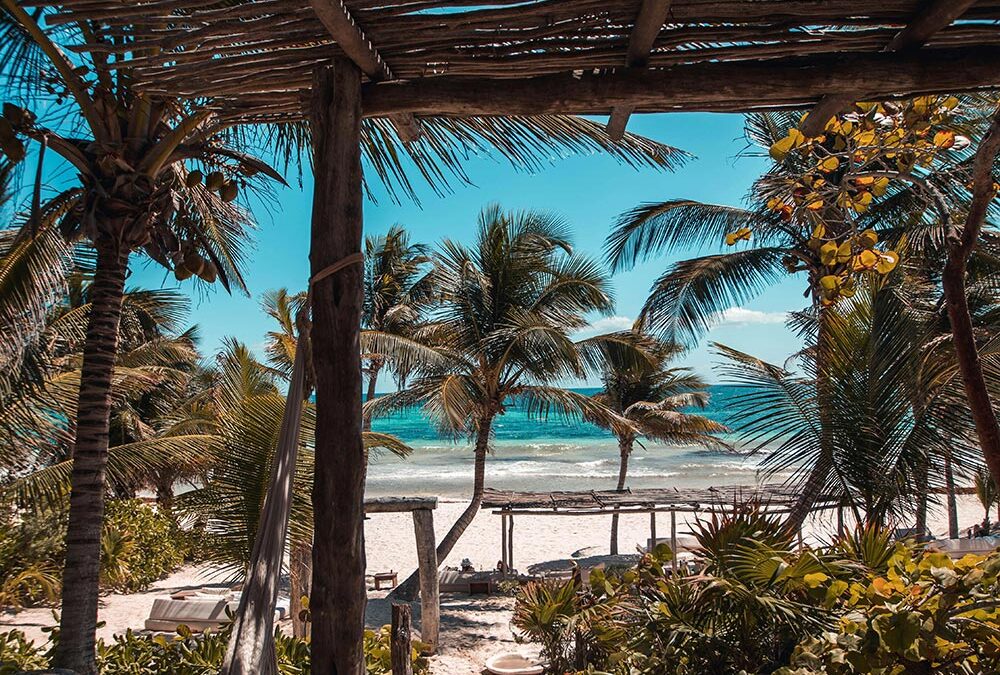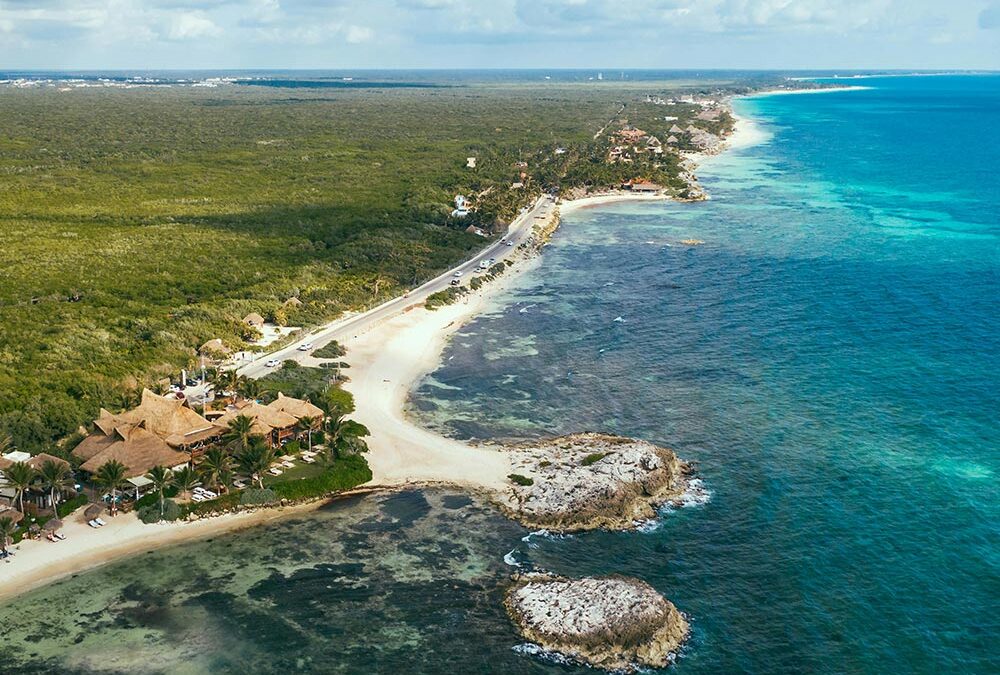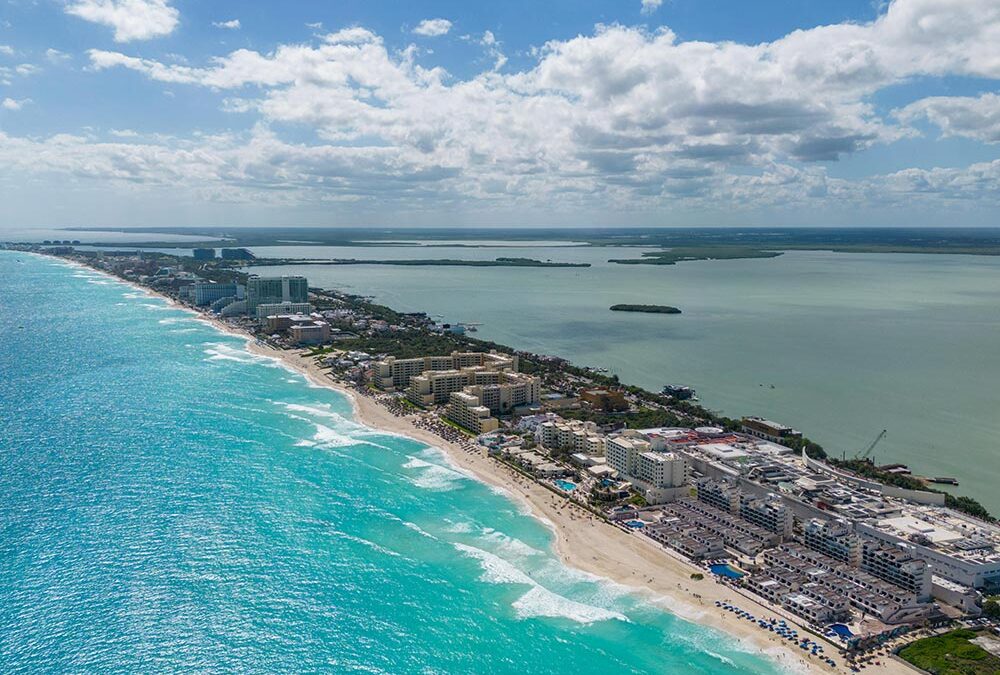The Riviera Maya, located along Mexico’s Yucatán Peninsula, is renowned for its crystal-clear waters, white sandy beaches, and vibrant cultural attractions. These qualities, combined with the region’s robust tourism economy, make it a prime destination for real estate investment. Pre-construction properties, in particular, have garnered attention due to their potential for significant appreciation and rental income. However, estimating the return on investment (ROI) requires a clear understanding of both the opportunities and costs associated with these properties. This guide provides a step-by-step approach to evaluating the earning potential of pre-construction investments in this region, offering actionable insights for investors eager to capitalize on the Riviera Maya’s real estate boom.
Understanding ROI and Its Importance
What Is ROI?
ROI, or Return on Investment, is a financial metric used to evaluate the profitability of an investment. It is calculated by dividing the net profit generated by the investment by its total cost, expressed as a percentage. For pre-construction properties, ROI encompasses two primary revenue streams: rental income and property appreciation. By quantifying the returns, ROI allows investors to assess whether an opportunity is worth pursuing. For example, an ROI of 15% indicates a substantial return compared to traditional investments like savings accounts or government bonds, which often yield significantly lower returns.
Why ROI Matters for Investors
ROI is a cornerstone metric for investors as it provides a clear measure of an investment’s potential profitability. For real estate investors in the Riviera Maya, ROI is especially critical due to the region’s diverse market dynamics. It helps evaluate:
Income Potential: Will the property generate enough revenue to cover costs and provide a profit?
Investment Timeline: How quickly can the initial investment be recouped through rental income or resale?
Market Comparison: How does the ROI of a pre-construction property compare to other investment opportunities, such as stocks or completed properties?
By understanding ROI, investors can make more informed decisions and strategically allocate their capital.
Key Factors Influencing ROI in Riviera Maya
Tourism Demand
The Riviera Maya is one of Mexico’s most visited destinations, drawing over 20 million tourists annually. This sustained influx of visitors drives a strong demand for short-term vacation rentals, particularly during peak seasons. The region’s popularity with international tourists, including those from the United States, Canada, and Europe, ensures consistent rental income for property owners. Moreover, the expanding luxury tourism segment has further increased the demand for premium properties with upscale amenities, boosting both rental rates and occupancy levels. A well-located property can achieve occupancy rates as high as 80% during peak seasons, significantly enhancing ROI.
Pre-Construction Pricing
Pre-construction properties are sold at a discount compared to completed units, as developers offer incentives to attract early buyers and secure financing for the project. This pricing advantage allows investors to purchase properties at a lower cost, with the potential for substantial appreciation upon project completion. For instance, a pre-construction condo priced at $200,000 may increase in value to $250,000 or more once completed, depending on market conditions and location. Additionally, flexible payment plans offered by developers make these investments more accessible to a broader range of investors.
Location and Amenities
In real estate, location is a key determinant of property value and rental potential. In the Riviera Maya, properties near popular tourist attractions such as Playa del Carmen, Tulum, or Cozumel command higher rental rates and experience greater appreciation. Amenities such as private pools, ocean views, on-site concierge services, and proximity to beaches further enhance a property’s appeal. Properties located within gated communities or eco-friendly developments are particularly attractive to eco-conscious travelers and families, driving demand and boosting ROI.
Costs
To accurately calculate ROI, all costs associated with the property must be considered. These include:
Purchase Price: The base cost of the property.
Closing Costs: Fees for legal, notary, and administrative services, typically 4-6% of the purchase price in Mexico.
Furnishing and Marketing: Costs for preparing the property for rentals, including furniture, appliances, and promotional expenses.
Operational Costs: Recurring expenses such as property management fees, maintenance, taxes, and insurance.
Ignoring or underestimating these costs can lead to inflated ROI estimates, potentially misleading investors.
Step-by-Step Guide to ROI Calculation
Step 1: Calculate Total Investment Costs
Begin by identifying all costs associated with the investment. For example:
– Purchase Price: $200,000
– Closing Costs (5%): $10,000
– Furniture and Setup: $15,000
– Marketing Budget: $3,000
Adding these together gives a Total Investment Cost of $228,000. This figure forms the baseline for ROI calculation.
Step 2: Estimate Annual Rental Income
Rental income depends on factors like nightly rates and occupancy. Suppose:
– Nightly Rental Rate: $200
– Average Occupancy Rate: 60% (219 nights/year)
The projected Annual Rental Income = $200 x 219 = $43,800. For properties in high-demand areas with luxury amenities, this figure could exceed $50,000 annually.
Step 3: Account for Annual Expenses
Subtract ongoing costs from rental income to determine net profit. Typical expenses include:
– Property Management (20%): $8,760
– Maintenance and Repairs: $2,000
– Taxes and Insurance: $1,500
– Marketing for Listings: $1,000
Total Annual Expenses = $13,260.
Step 4: Calculate Net Annual Income
Subtract expenses from rental income:
Net Annual Income = $43,800 – $13,260 = $30,540.
Step 5: Estimate Property Appreciation
Property values in the Riviera Maya typically appreciate at an annual rate of 5-7%. For a property valued at $200,000, a 5% appreciation rate adds $10,000 annually to the property’s value.
Step 6: Calculate Total ROI
Combine net income and appreciation, then divide by total investment:
ROI = [(Net Annual Income + Appreciation) ÷ Total Investment] x 100
ROI = [($30,540 + $10,000) ÷ $228,000] x 100 ≈ 17.8%.
This calculation illustrates how ROI provides a holistic view of an investment’s profitability.
Tips for Improving ROI
Invest in High-Demand Locations
Properties near beaches, cultural landmarks, or eco-parks attract more tourists and command higher rental rates. Research market trends and prioritize areas with strong tourism demand, such as Tulum’s eco-luxury market or Playa del Carmen’s vibrant nightlife district.
Optimize Occupancy Rates
Effective marketing through platforms like Airbnb and VRBO, combined with stellar customer reviews, can significantly boost occupancy. Partnering with experienced property managers ensures better tenant turnover and higher rental rates.
Take Advantage of Tax Benefits
Leverage Mexico’s tax policies for real estate investors, including deductions for property depreciation, maintenance expenses, and loan interest payments. Consult a local accountant to maximize these benefits.
Challenges and Risks to Consider
Market Fluctuations
The Riviera Maya’s real estate market is heavily influenced by global and local economic conditions. A downturn in tourism caused by geopolitical tensions, economic recessions, or health crises (e.g., COVID-19) can reduce demand for vacation rentals. This, in turn, affects occupancy rates and rental income. Similarly, if the market becomes oversaturated with new developments, property values and rental rates may stagnate or decline. Investors should conduct thorough market analysis and prepare contingency plans to navigate such fluctuations.
Construction Delays
Pre-construction properties are subject to potential delays caused by labor shortages, regulatory hurdles, or unforeseen circumstances such as bad weather. Delays not only postpone potential rental income but can also increase holding costs, such as additional interest payments on loans or extended payments for developer fees. Investors should work with reputable developers with a proven track record of timely delivery and plan financially for possible delays.
Hidden Costs
While initial calculations might seem straightforward, hidden or unexpected costs can significantly impact ROI. These can include legal fees for cross-border transactions, higher-than-expected maintenance costs due to environmental factors (e.g., humidity-related wear and tear), or unforeseen expenses like additional insurance premiums for beachfront properties. To mitigate these risks, allocate a contingency budget of at least 10-15% of the total investment cost.
Case Study: ROI Analysis of a Pre-Construction Property
To illustrate the practical application of ROI calculation, consider the following example:
An investor purchased a pre-construction condo in Playa del Carmen for $180,000, with the expectation of high rental income due to its location near 5th Avenue and a private beach. Additional costs included $9,000 in closing fees and $15,000 for furnishing and marketing, bringing the total investment to $204,000.
Upon completion, the condo was listed on Airbnb and achieved an average nightly rental rate of $180 with a 65% occupancy rate, generating an Annual Rental Income of $42,705. After deducting $13,000 in annual expenses, the Net Annual Income amounted to $29,705.
Over a 3-year period, the property appreciated by 18%, raising its market value to $212,400. Including appreciation, the overall ROI calculation was:
ROI = [($29,705 x 3) + $32,400] ÷ $204,000 x 100 ≈ 50% over three years, or approximately 16.7% annually.
This case underscores the importance of combining rental income and appreciation to achieve robust ROI figures, especially in high-demand markets like Riviera Maya.
Conclusion
Investing in pre-construction properties in Riviera Maya presents an attractive opportunity for those seeking high returns through rental income and property appreciation. However, success hinges on accurately calculating ROI and thoroughly understanding the market. By accounting for all costs, leveraging the region’s strong tourism demand, and employing strategic management practices, investors can maximize their profits while minimizing risks. As with any investment, conducting due diligence, partnering with reputable developers, and seeking professional financial advice are critical to ensuring a rewarding experience in this thriving real estate market.
FAQs
What is the typical ROI for pre-construction properties in Riviera Maya?
ROI typically ranges between 15-25% annually, depending on factors like location, rental strategy, and market conditions. Properties in premium locations with high occupancy rates can achieve even higher returns.
How can I finance a pre-construction property in Riviera Maya?
Many developers offer in-house financing with flexible payment plans. Additionally, local banks and financial institutions provide mortgages to foreign investors, often requiring a down payment of 30-50%. Ensure you meet the necessary criteria, such as providing proof of income and creditworthiness.
Are there additional tax implications for foreign investors?
Yes, foreign investors in Mexico may be subject to taxes on rental income, as well as capital gains tax upon resale. However, these can often be offset through deductions for expenses like maintenance and depreciation. Consulting a local tax professional is highly recommended to navigate these obligations effectively.
How do I manage a vacation rental property remotely?
Hiring a professional property management company is the best way to ensure smooth operations. These companies handle everything from guest communication and maintenance to marketing and bookings. Expect to pay 15-25% of your rental income for these services.
What happens if the developer fails to deliver the project?
Investing with reputable developers with a proven track record is key to minimizing this risk. Always review contracts carefully, ensuring clauses for refunds or compensation in case of delays or project cancellations are included. Legal counsel can help safeguard your investment in such scenarios.

